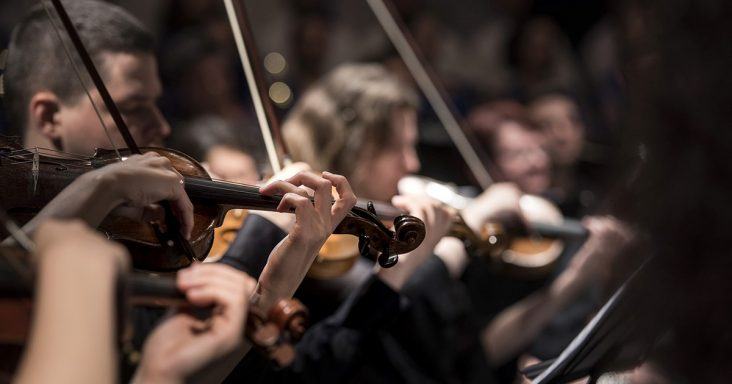CACHE wants participants for economic impact study
by January 14, 2023 10:37 am 652 views

Regional arts organization Creative Arkansas Community Hub & Exchange (CACHE) is seeking feedback from arts and culture organizations and their attendees for a nationwide economic impact study.
CACHE is part of a statewide data collection effort for the Arts & Economic Prosperity 6 (AEP6) study, focused on the economic impact of the nonprofit arts and culture industry. Americans for the Arts is expected to release the study to participants in August after data collection and analysis are completed.
“CACHE is working with Americans for the Arts because this kind of widespread data collection goes a long way in demonstrating the value of arts and culture nonprofit organizations in our country,” said Karen Castleman, who’s leading the data collection effort for CACHE.
She noted the previous study, which was released in 2017, showed the industry generated $166.3 billion in economic activity and supported 4.6 million jobs in the United States. Americans for the Arts completes the study every five years, and the sixth one is expected to show the industry’s economic impact as it emerges from the COVID-19 pandemic.
In March, CACHE looks to reach out to area organizations to receive information about their budgets, including revenue and expenses. It’s already working with area organizations to seek feedback from attendees of area venues, such as Crystal Bridges Museum of American Art, Scott Family Amazeum and Walton Arts Center. CACHE is asking organizations to encourage attendees to provide feedback by taking a survey.
Castleman said the 3-minute survey includes questions about spending related to attending arts and culture events and programs. The spending might include babysitting, parking, tickets and meals. She said the hope is to collect 2,000 surveys statewide.
Four CACHE employees are working on the data collection effort in partnership with Arkansans for the Arts and the Arkansas Arts Council, which are working on the effort in other areas of the state. The goal is to complete the data collection by this spring. More information on the data collection, survey and study are available at this link.
